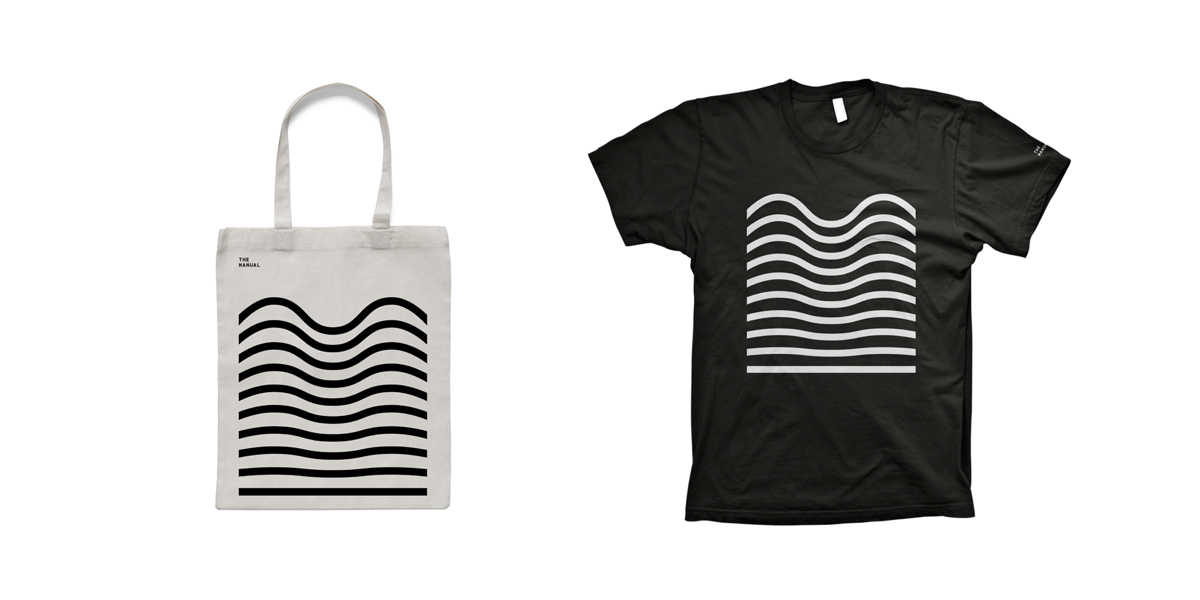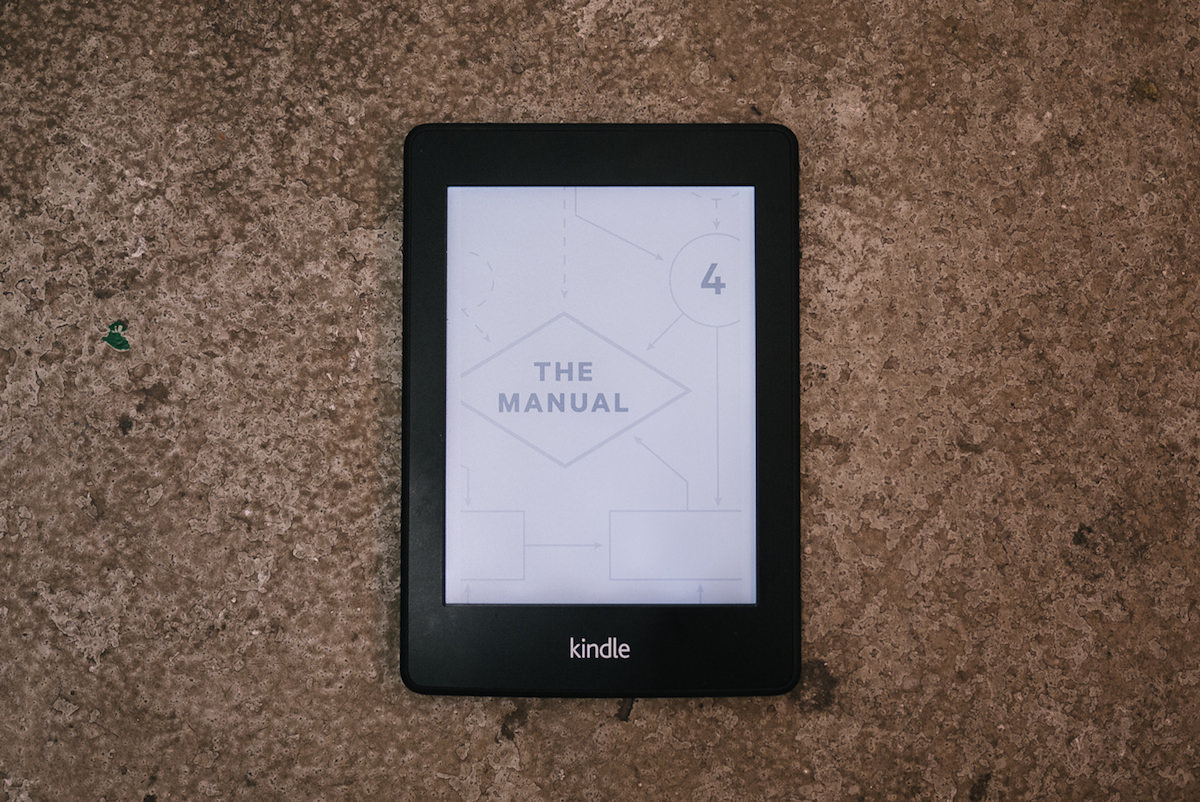At the end of last year, I began working to reduce the costs of running The Manual, focussed mainly on the single largest regular expense—our warehouse storage and order fulfillment.
The plan was to close our account with our previous (expensive!) fulfillment company, Shipwire, and relocate the stock from their warehouses in L.A and London to a smaller operation (much less expensive!) here in Portland, Oregon.
However, books are heavy, and shipping heavy things around the world can be complex, slow, and costly. So I began to consider recycling some of the stock, while still having enough books to continue fulfilling orders for the foreseeable future.
I was unable to get a straight answer from Shipwire for some time, until I received the following:
Hi, Andy! Your Shipwire account is now closed. All of your stock has been disposed of, you no longer owe any funds and your monthly subscription has ceased.
Shipwire misinterpreted my inquiry, and destroyed absolutely everything.
While they did take responsibility, their terms of service severely limit my ability to seek compensation. Their liability is capped, and doesn’t even come close to compensating for the value of the books that were destroyed, let alone the cost of a reprint.
And, of course, not having books makes selling or passing on The Manual to another publisher basically impossible.
What stock does remain has been collated at our warehouse in Portland, and we’ll continue to fulfill orders until we sell out. However, there are now less than a dozen copies of each issue left, so that day will likely come very soon. If you’ve been holding off on completing your collection, now’s the time to do so.
While The Manual may yet have a future, it’s difficult to imagine what that might be right now. All of our articles and lessons will continue to be freely available at themanual.org, and all of our digital editions (and our Issue 4 audiobook!) are now available to download free of charge.
I’m heartbroken. And really quite angry. But your support and understanding means the world. Thank you for continuing to read, share, and support The Manual.


